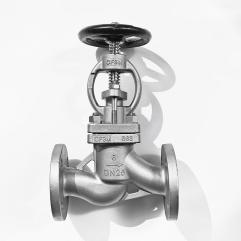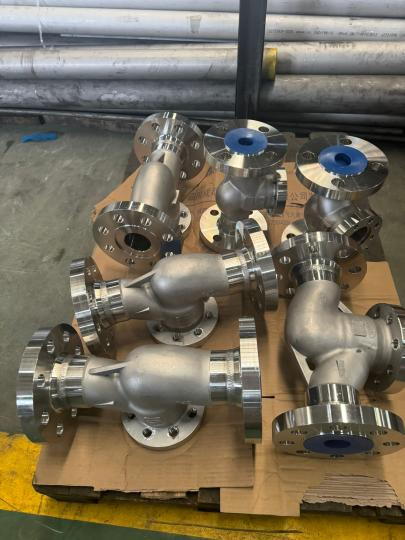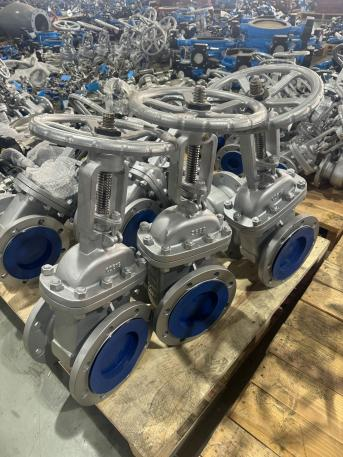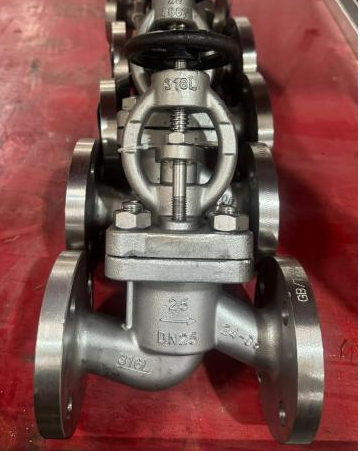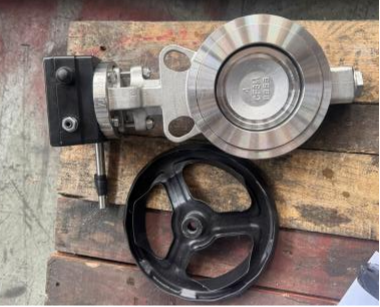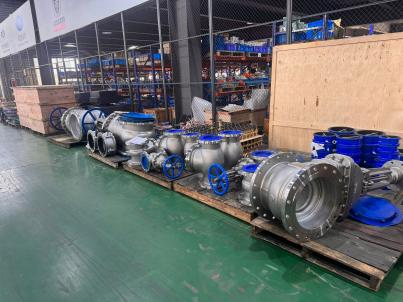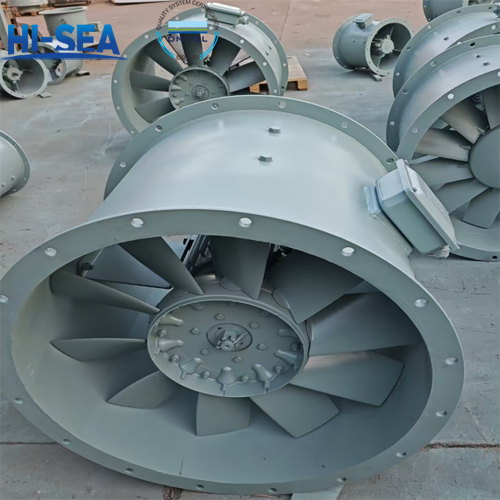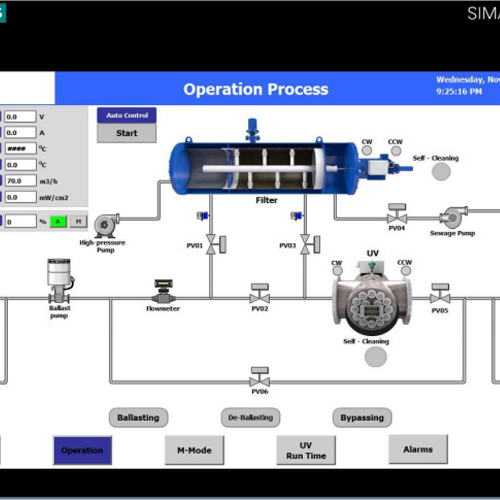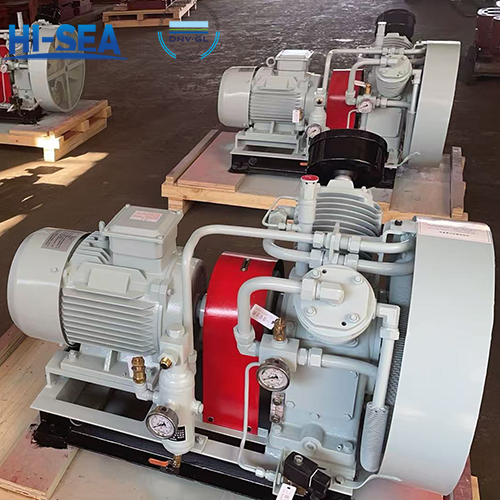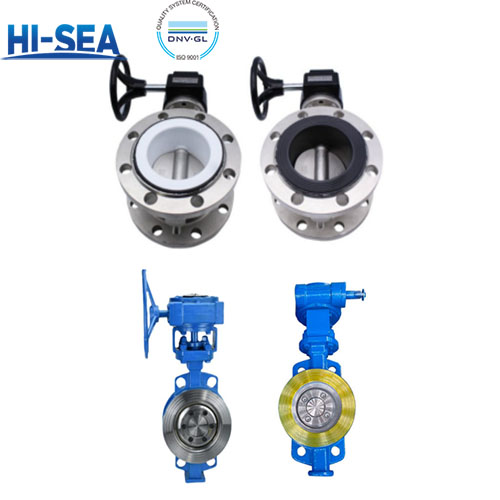
Feasibility Suggestions on Replacing Marine Brass Valves with Marine Stainless Steel Valves
Brassisanalloycomposedofcopperandzinc.Brassmadesolelyofcopperandzinciscalledcommonbrass.Ifitconsistsoftwoormoreelementstoformamulti-componentalloy,itistermedspecialbrass.Brasspossessesstrongwearresistanceandiscommonlyusedinmanufacturingvalves.BrassGl...
Overview
Brass is an alloy composed of copper and zinc. Brass made solely of copper and zinc is called common brass. If it consists of two or more elements to form a multi-component alloy, it is termed special brass. Brass possesses strong wear resistance and is commonly used in manufacturing valves.
Brass Globe Valve | Brass Angle Valve | Brass Ball Valve |
| 
|
|
Due to the relatively low hardness of copper-based materials, their wear and corrosion resistance may be insufficient, making brass valves prone to cracking. Brass valve cracking is mainly related to material properties and processing techniques, with common causes including hot shortness phenomenon, defects in processing techniques, and stress corrosion.
Hot Shortness Phenomenon
During hot forging, lead elements segregate at grain boundaries, forming lead-rich low-melting-point eutectic phases. This weakens grain boundaries, causing cracks to originate from the surface and propagate axially under tensile stress, ultimately leading to brittle fracture.
Defects in Processing Techniques
High-temperature deformation during hot forging can easily cause defects such as cold shuts, scaling, and folding. These defects may become crack initiation sites. Residual stresses in complex structural components after forming may also induce cracking during service due to stress corrosion or mechanical loads.
Stress Corrosion
Excessive assembly stress or the synergistic effect of tensile stress and corrosive media in the environment can lead to stress corrosion cracking.
Compared to marine brass valves, stainless steel 316L valves exhibit superior material properties, can withstand higher temperatures and pressures, and are less prone to fracture. Replacing brass valves with stainless steel 316L is recommended.
Why can stainless steel 316L valves replace brass valves?
There are the following 7 reasons:
Item | Reason | Detailed Explain |
1 | Corrosion resistance | (1) Stainless steel 316L 2%~3% molybdenum, which has good resistance to chloride ion corrosion and is suitable for seawater environment. (2) When stainless steel 316L is exposed to air or in contact with oxygen-containing media (such as water), a passivation film will naturally form on its surface. It can remain stable, thus providing better corrosion resistance. |
2 | Good Mechanical Properties | (1) Elongation ≥30%, suitable for complex forming processes. (2) Low yield strength, easy to process. (3) stainless steel 316L has high tensile strength ≥485 MPa and yield strength ≥170 MPa. |
3 | Pressure Adaptability | Stainless Steel 316L valves can withstand the pressure resistance requirements of various pipelines such as low pressure, medium pressure, high pressure and ultra-high pressure on ships. Conventional applications: Low pressure system (≤PN16/Class 150): 1.6 MPa; medium and high pressure system (PN40/Class 300): 4.0~5.0 MPa; forged steel 316L valves can reach PN100/Class 600 (above 10.0 MPa). |
4 | Temperature Adaptability | Stainless steel 316L valves can withstand ultra-low temperature, normal temperature, medium temperature and high temperature working temperature, usually suitable for the range of -200°C to 500°C, suitable for steam, oil, cold water, hot water and other media (note that it is not suitable for the medium concentrated sulfuric acid). |
5 | Environment Adaptability | Stainless steel 316L has good corrosion resistance and resistance to stress corrosion cracking, and is suitable for marine environments and humid environments. |
4 | Welding Performance | Stainless steel 316L has good welding performance. Welders can use arc welding, argon arc welding, etc., and no annealing treatment is required after welding, which reduces manufacturing and maintenance costs. |
6 | Widely Used in the Marine Field | Stainless steel 316L is widely used in shipbuilding for hulls, superstructures, cooling and fuel piping systems, deck equipment, ventilation equipment, etc. Its corrosion resistance and reliability have been verified by long-term practice. |
7 | Cost | Compared with brass, stainless steel 316L has moderate cost. |
In conclusion, stainless steel 316L valves can effectively replace brass valves with their excellent corrosion resistance, good mechanical properties, pressure adaptability, temperature adaptability, environmental adaptability, welding performance, wide application in the shipbuilding industry, cost and wide range of applications, especially in ship piping systems and marine environments.
Stainless Steel 316L Gate Valve | Stainless Steel 316L Globe Valve | Stainless Steel 316L Angle SDNR Valve | Stainless Steel 316L Globe Valve | Stainless Steel 316L Ball Valve |

| 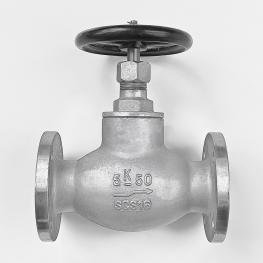
| 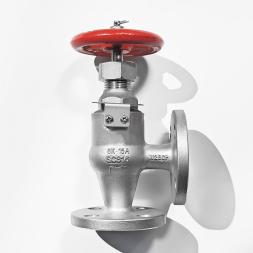
|
| 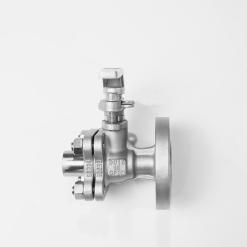
|
If the user has a limited budget, it is recommended that customers choose marine stainless steel 316L instead of brass for some systems such as ship seawater system, fuel pipeline system, fire protection system, exhaust and exhaust gas treatment system, fuel and lubricating oil system, seawater cooling and ballast water system.
But in order to avoid inconsistent opinions from the shipyard/shipowner/ship inspection inspector/production factory technicians, which may affect the installation on board, it is recommended to choose marine stainless steel 316L material after the technicians of all parties confirm and agree to the replacement.
Delivery Images of Stainless Steel 316L Valves:
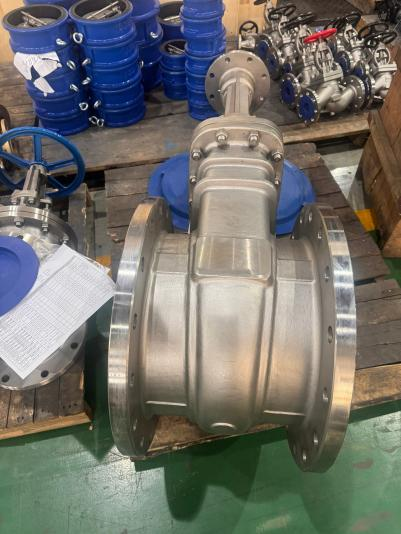
|
| 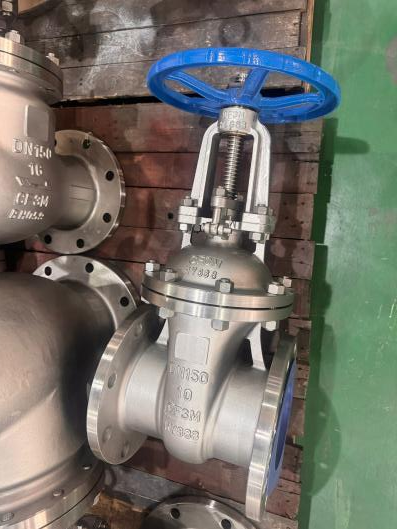
|
| 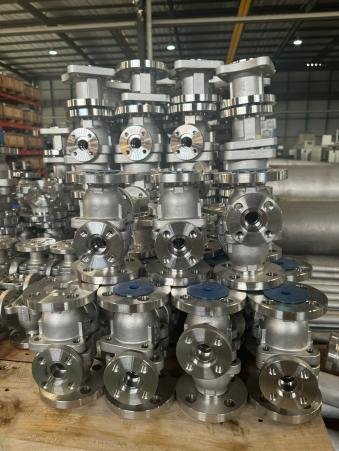
|
|
| 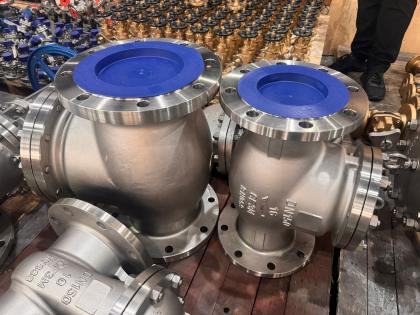
|
|
Material Composition and Mechanical Properties of Stainless Steel 316L:
Brand | 316L |
UNS | S31603 |
Standard | ASTM A959-2004 Standard Guide for Specifying Harmonized Standard Grade Compositions for Wrought Stainless Steels |
Classification | Austenitic stainless steel |
Performance | Strength/corrosion resistance/ low temperature toughness/ forging weldability |
Description | 316L stainless steel is commonly used in heat exchangers for pulp and papermaking equipment, dyeing equipment, film washing equipment, pipelines, materials for the exterior of buildings in coastal areas, and bracelets and cases of high-end watches. Equipment for use in seawater, production equipment for chemicals, dyes, papermaking, oxalic acid, fertilizers, etc.; photography, food industry, coastal facilities, ropes, CD rods, bolts, nuts. 316L is a molybdenum-containing stainless steel. Due to the molybdenum content in the steel, the overall performance of this steel is better than that of 310 and 304 stainless steel. Under high temperature conditions, when the concentration of sulfuric acid is lower than 15% or higher than 85%, 316L stainless steel has a wide range of uses. 316L stainless steel also has good resistance to chloride erosion, so it is usually used in marine environments. The maximum carbon content of 316L stainless steel is 0.03, which can be used in applications where annealing cannot be performed after welding and maximum corrosion resistance is required. 316L stainless steel has good oxidation resistance in intermittent use below 1600 degrees and continuous use below 700 degrees. It is best not to continuously work in the range of 800-1575 degrees. 316L stainless steel, but when 316L stainless steel is used continuously outside this temperature range, the stainless steel has good heat resistance. 316L stainless steel has better resistance to carbide precipitation than 316 stainless steel, and the above temperature range can be used. Solution annealing is carried out in the temperature range of 1010-1150 degrees, and then rapidly cooled. 316L stainless steel cannot be hardened by overheating. 316L stainless steel has good welding performance. It can be welded by all standard welding methods. When welding, 316Cb, 316L or 309Cb stainless steel filler rods or electrodes can be used for welding according to the purpose. For the best corrosion resistance, the welded section of 316 stainless steel needs to be annealed after welding. If 316L stainless steel is used, post-weld annealing is not required. Tensile strength (Mpa) 485 MIN Yield strength (Mpa) 170 MIN Elongation (%) 30 MIN Area reduction (%) 40 MIN The density of 316L stainless steel is 7.93 g/cm3. The hardness is HRB<90 HV<200 HBS<187 |
316L Chemical element content (%)
Element | C | Si | Mn | P | S | Cr | Ni | Mo |
Maximum value | - | - | - | - | - | 16 | 10 | 2 |
Minimum value | 0.13 | 1 | 2 | 0.045 | 0.03 | 18 | 14 | 3 |




